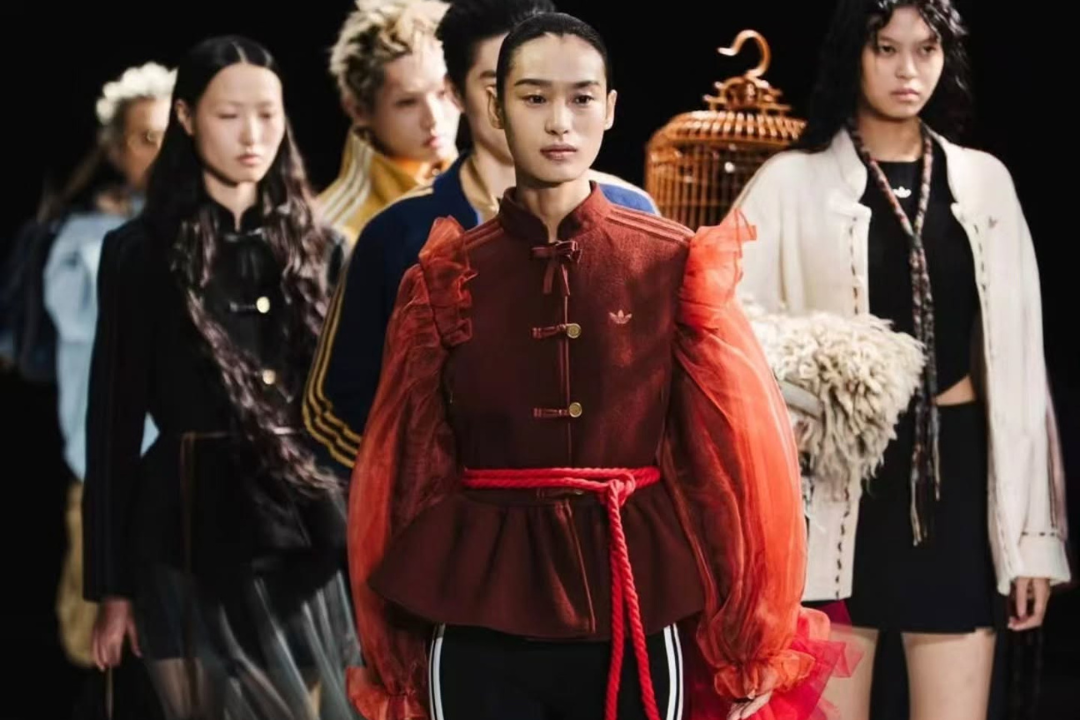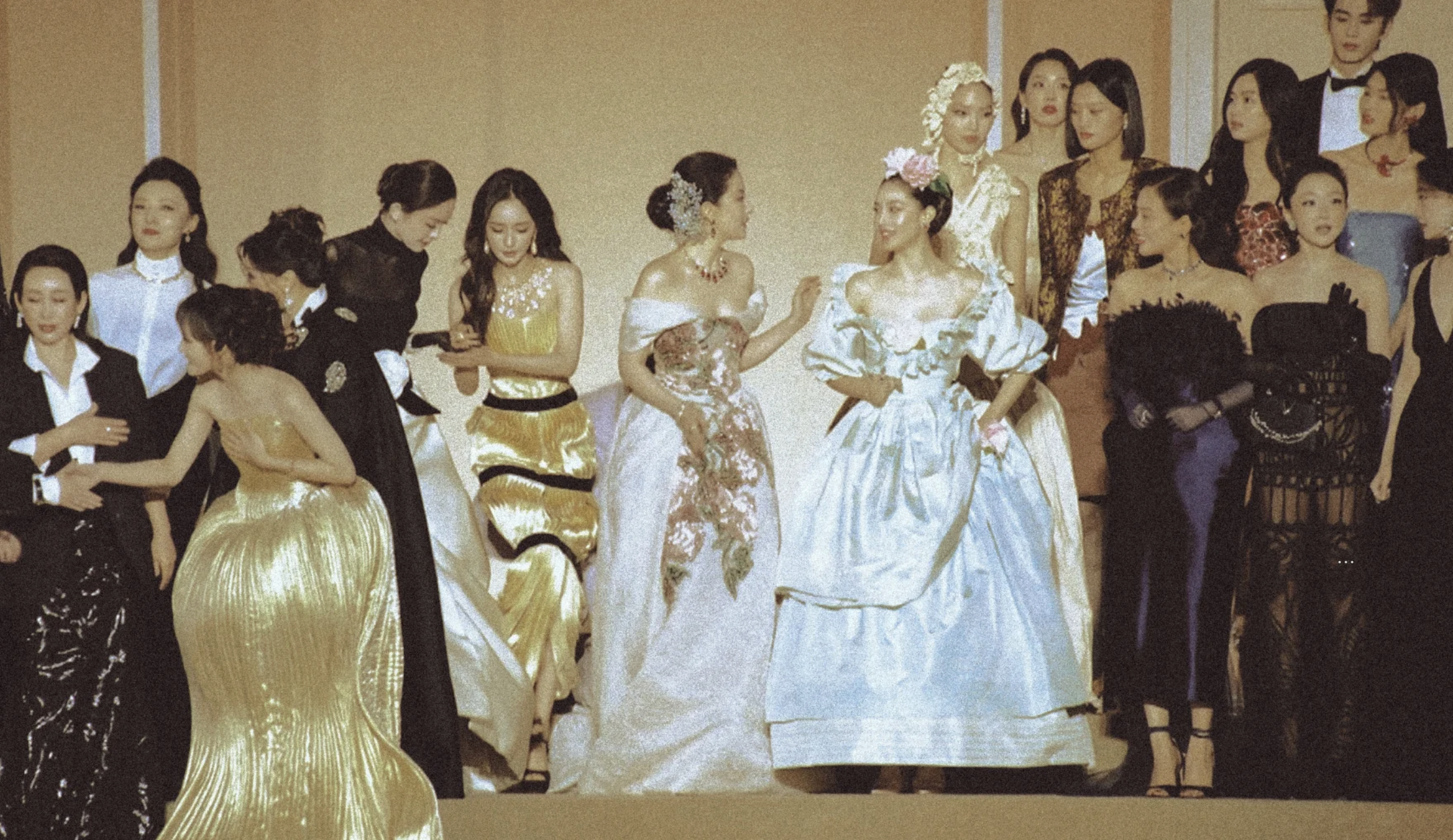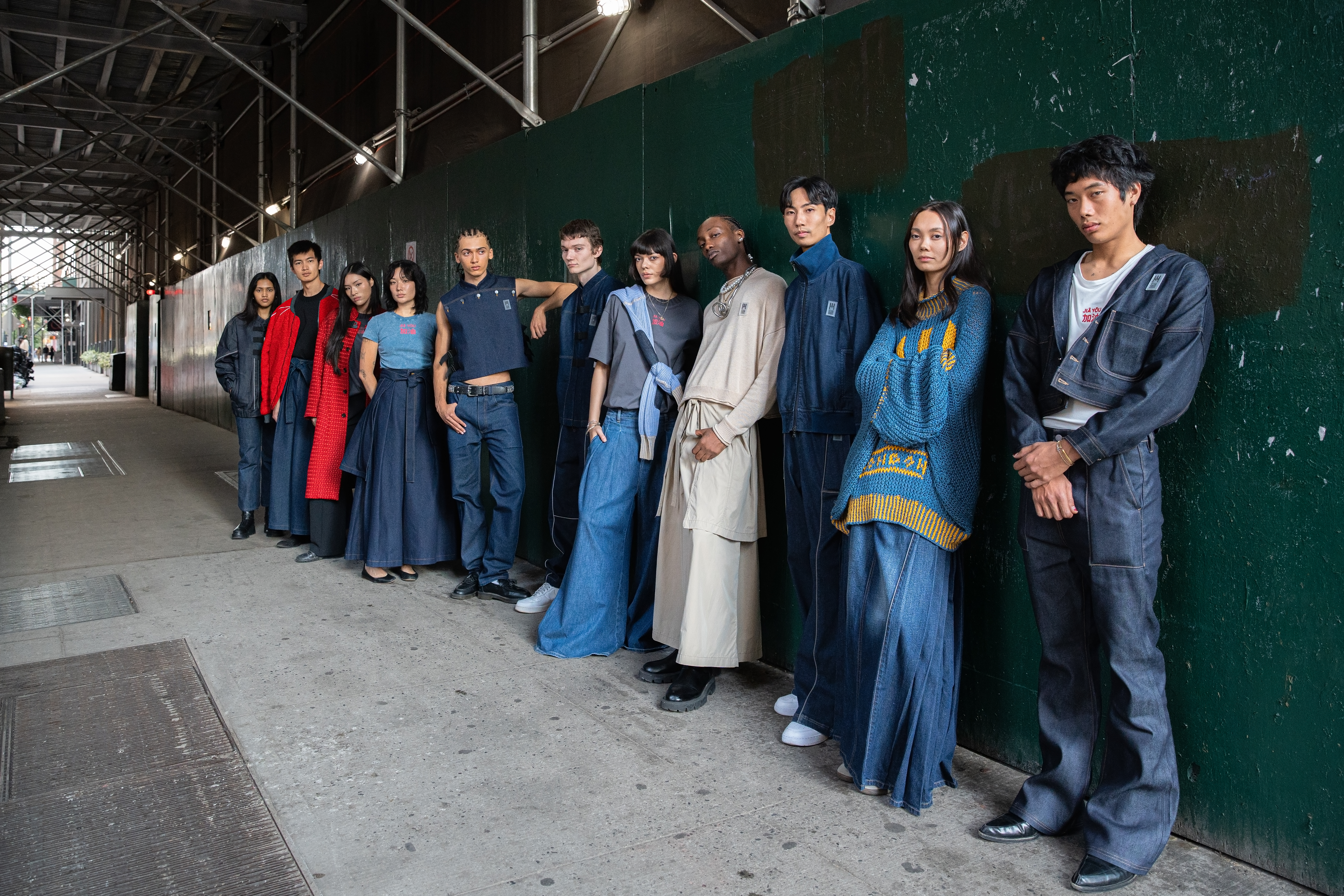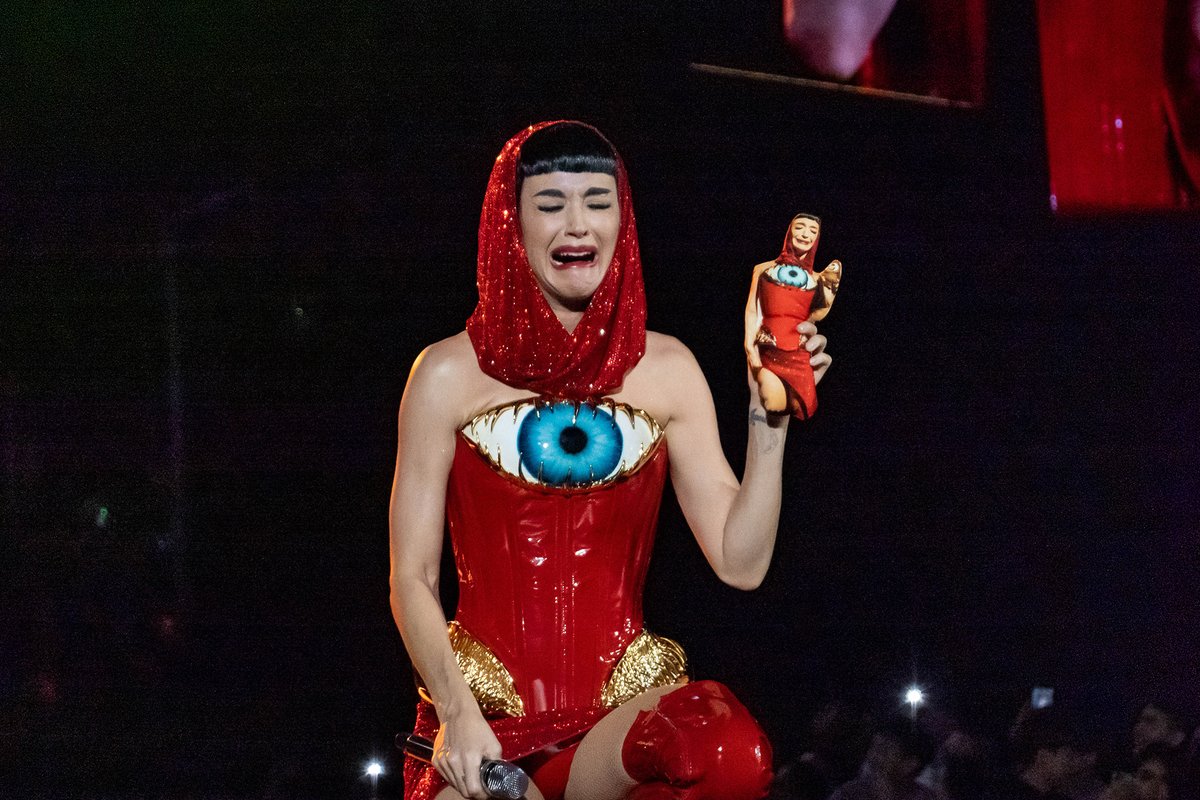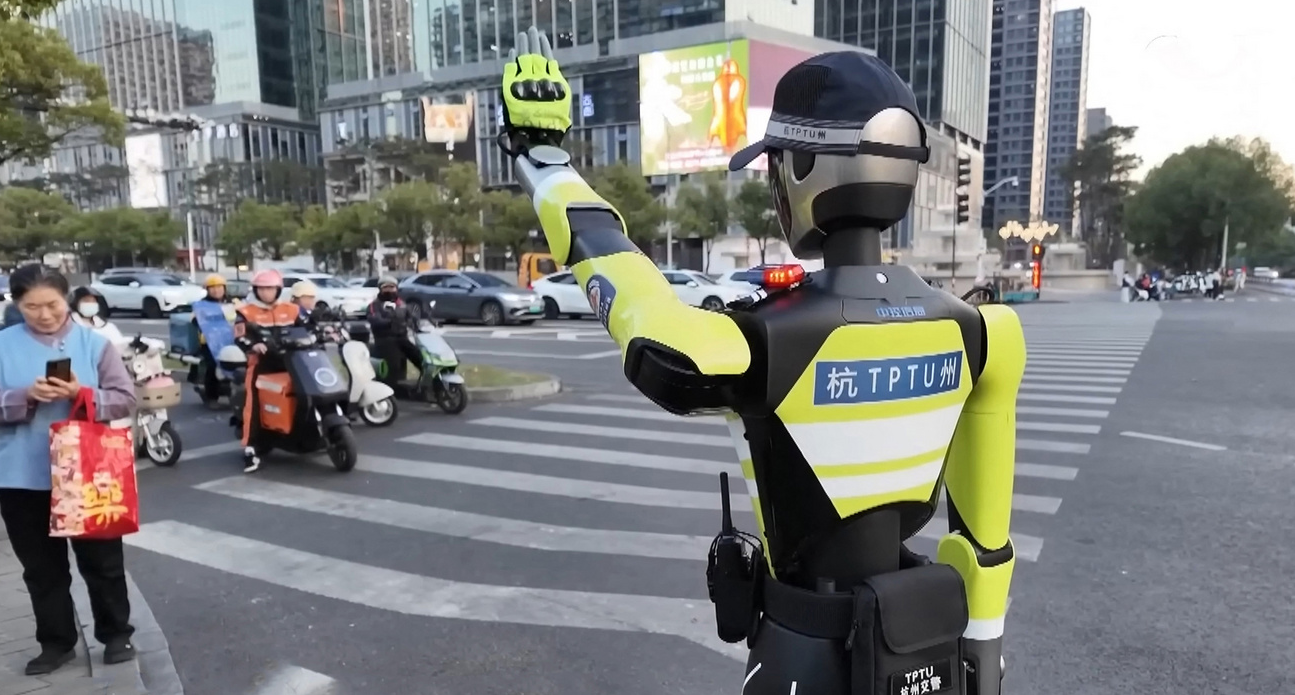Even before she founded the platform that would become the centerpiece of Shanghai Fashion Week, Tasha Liu was dreaming of a space for independent Chinese fashion.
Labelhood (stylized as LABELHOOD) began as a 20-square-meter boutique called Dongliang — in Beijing’s Wudaoying hutong neighborhood — and was one of the first of its kind to stock only Chinese designers. Dongliang originated in 2009 as a place to showcase friends’ designs, but eventually gained recognition as the place to shop for trendy domestic brands, and expanded to more locations in Shanghai and Beijing.
From its inception, the boutique focused on designers that had little to no brand recognition, or who were breakout talents in the domestic design sphere, such as Uma Wang, Sankuanz, Xander Zhou, and Angel Chen. (Chen, who has gone on to become one of the most recognizable names in the international fashion world, credits Liu and Dongliang with helping launch her career and was for years a consistent regular at Labelhood’s runway shows.)

Chen showing as part of Labelhood during Shanghai Fashion Week SS19
The turning point for Dongliang came when it hosted its “One Day” show at the Xintiandi tent, the official venue of Shanghai Fashion Week, in 2015. The event was an all-day series of shows put on entirely by Dongliang’s brands.
It was here, at this never-before-tested, self-propelled event that Angel Chen — straight out of London’s top design school — put on her first catwalk show. And the rest, as they say, is history.
Related:
 China Designers: Angel Chen’s Loud, Free-Spirited Fashion Garners Global RecognitionBold and unapologetically Chinese, Chen’s fashion injects dragons, cranes, and martial arts with a high-octane punch of rock ‘n’ rollArticle Dec 17, 2019
China Designers: Angel Chen’s Loud, Free-Spirited Fashion Garners Global RecognitionBold and unapologetically Chinese, Chen’s fashion injects dragons, cranes, and martial arts with a high-octane punch of rock ‘n’ rollArticle Dec 17, 2019
In 2016, Shanghai Fashion Week approached Dongliang to showcase independent Chinese designers as a satellite event within the week, and Labelhood was born — though the retailer and the platform would not officially merge until 2018.
“After two years, we realized more people recognized Labelhood than the shop,” says Liu. “We decided to absorb the boutique into the bigger Labelhood system, and work towards something that would help incubate the Chinese design community.”

Labelhood Pillar (formerly Dongliang) in Shanghai
From its inception, the goal was to create a space for homegrown design and resist the idea that Chinese designers had to receive Western success to become legitimate in the fashion world. Chinese design could be dynamic and exciting; it could prove itself with no help from anyone else, and develop a completely new way of comprehending fashion at that.
As Quentina Yuan — former director of the Labelhood festivals at Shanghai Fashion Week — told Ordre in 2018: “We wanted to make Chinese designers a thing, as did Shanghai Fashion Week.”
Since that time, Labelhood has arguably revitalized Shanghai Fashion Week and continues to be a leading energizer of the Chinese fashion world. It has launched designers that go on to make waves on the international stage, incurring the regular patronage of China’s biggest fashion darlings, and pushing the needle forward for Chinese fashion — all on their own terms.
The first-ever show at Shanghai Fashion Week in 2016 showcased twelve emerging designers, including Museum of Friendship founder Momo Wang and menswear designer Fengchen Wang. Today, the platform has grown to include over 100 designers and 180 shows over the past nine seasons of Shanghai Fashion Week.
Changing the Game
It is difficult to pin down just what Labelhood defines itself as. Technically speaking, it’s a retailer. But it’s also been described as a talent incubator, curator, event organizer, multimedia platform, and even a music and arts festival. Whatever its definition, its goal is clear: to disrupt the fashion world and launch Chinese designers onto the world stage.
Part of Labelhood’s appeal is its egalitarian approach to fashion. Labelhood hosts and showcases emerging designers at no extra cost aside from a start-up fee of 20,000RMB. This way, designers with no recognition don’t have to pay for expensive runways to have their work shown at the likes of Shanghai Fashion Week.
Related:
 How “Made in China” Fashion Got Its Groove BackA mix of nationalism, nostalgia and the wide reach of influencers is giving the “made in China” label a faceliftArticle Oct 14, 2019
How “Made in China” Fashion Got Its Groove BackA mix of nationalism, nostalgia and the wide reach of influencers is giving the “made in China” label a faceliftArticle Oct 14, 2019
Fiona Lau and Kain Picken of indie label FFIXXED Studios have been working with Labelhood since the Dongliang days. “If you have any questions as a designer or fashion startup, Labelhood is very generous with their contacts,” says Picken. “For example, if you have issues finding manufacturing partners, you can approach them to help.”
Liu says that within the Labelhood network, there is an expectation that designers who graduate from the platform will go on to help younger brands that are just starting out.

Labelhood founder Tasha Liu
“The designers that come out of Labelhood are like alumni, so when new graduates finish school and want to start their own brand, these designers will become mentors, making it a more thriving community.” She adds:
“Young designers often underestimate how much effort it takes to turn their dreams into reality.”
You also won’t find front row seats reserved for stuffy fashion executives at Labelhood shows, which are staged once for journalists and buyers, and once for the general public. And their innovative venue choices — outdoor art exhibits, churches, government buildings — seem to merge spectacle and surrounding in a way that brings audiences a unique experience of the city.
“Our products need to enter the life of ordinary people, not just fashion people,” Tasha told Business of Fashion in 2018.
The advent of Labelhood and similar platforms brings about a B2C (business to consumer) model to China by engaging with the public and industry buyers simultaneously. Conventionally, Shanghai Fashion Week labels were chosen based on outside models of success or through a government connection. But more than 100 up-and-coming designers apply to be showcased at Labelhood’s shows each season, and are carefully curated by a board. While it’s still a selective process, it harnesses the initiative of China’s young creatives and gives them the freedom to show their work in any way they want.

Labelhood’s strategic partnerships with other companies have not only grown the brand financially, but also provided more opportunities for Chinese brands to flourish outside of Shanghai Fashion Week. For example, in partnering with renowned department store Lane Crawford in 2019, Labelhood opened pop-up shops in Lane Crawford outlets in Hong Kong, Beijing, Shanghai and Chengdu in exchange for their co-sponsorship of a 100,000RMB prize to the best designers. (Caroline Hu was the most recent prizewinner.)
More recently, Labelhood curated a project called “Guest Nation China,” which presented Pronounce as the first Chinese brand to stage a runway show at Pitti Uomo, the world’s biggest men’s fashion event.
Related:
 China Designers: 8 Menswear Labels We LoveLet’s hear it for the boysArticle May 05, 2020
China Designers: 8 Menswear Labels We LoveLet’s hear it for the boysArticle May 05, 2020
Made in China
Tasha Liu and Labelhood have helped create a fashion movement in which “Made in China” no longer evokes images of cookie-cutter brands that rely on imported culture to survive. They have taken the things that make Chinese fashion and China unique and, through sheer resourcefulness, elevated them to the highest spheres of fashion.
Take ecommerce platforms such as TMall and Taobao, often regarded as marketplaces for cheap, mass-manufactured goods. Emerging designers have found dedicated consumer bases audiences through these websites (and, ironically, get a lot of valuable exposure from their counterfeits).

So it was only natural that Labelhood forge a strong partnership with TMall, often picking up up-and-coming designers with established followings on the ecommerce giant. During last season’s Shanghai Fashion Week, three direct-to-consumer labels that began within the Taobao ecosystem were among Labelhood’s acquisitions, and this year, Labelhood took its entire showcase to the cloud during the first-ever all-online Shanghai Fashion Week.
Related:
 Shanghai’s All-Online Fashion Week in Response to Coronavirus is a “Worldwide First”Originally postponed over coronavirus fears, Shanghai Fashion Week instead opted to stream all of its AW20 shows onlineArticle Mar 24, 2020
Shanghai’s All-Online Fashion Week in Response to Coronavirus is a “Worldwide First”Originally postponed over coronavirus fears, Shanghai Fashion Week instead opted to stream all of its AW20 shows onlineArticle Mar 24, 2020
Ultimately, Labelhood is not just trying to bring China to the world stage, but rather demanding the attention of industry players on the lookout for the most exciting moves in fashion. By giving designers the freedom and resources to launch their brands and making fashion accessible to the public in innovative ways, Labelhood is crafting a new way of conceiving and expressing fashion itself that is wholly and uniquely Chinese.
Additional reporting by Elsbeth van Paridon and Siyuan Meng
All images: courtesy Labelhood




